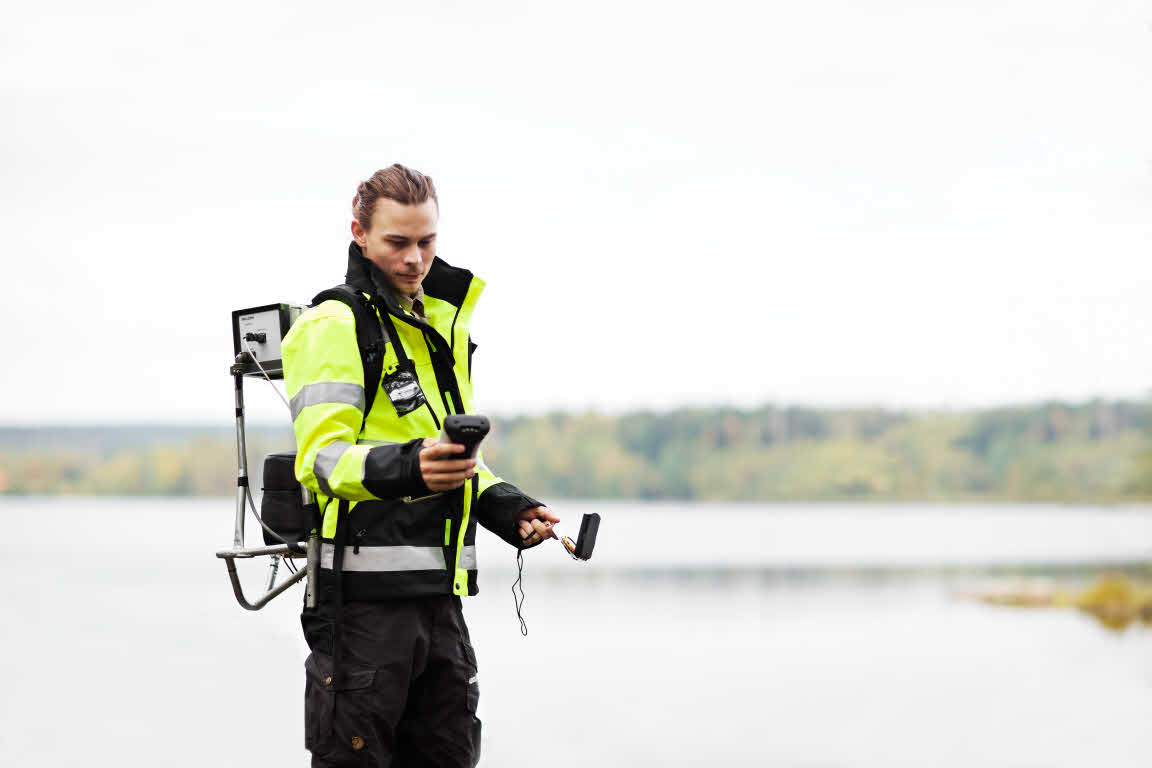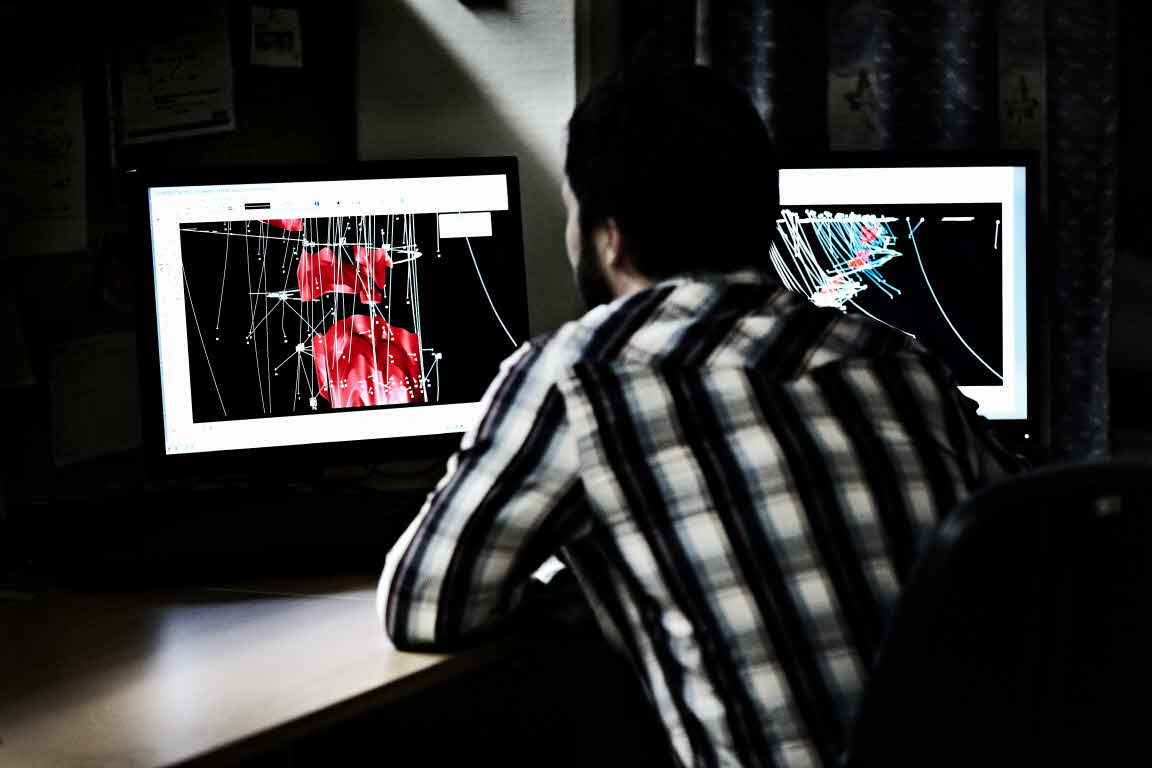The ore detectives
Looking for new mineral deposits or ‘exploration’ is the foundation for Boliden’s operations and a prerequisite for being able to produce metal. This work is carried out by geologists, geophysicists and technicians, who take measurements and conduct surveys out in the field, as well as analyse the information collected. The objective is to identify deposits that contain enough metal to make it worth mining. Such deposits are classed as ore, which is thus an economic term.
“Society is dependent on, for example, copper and zinc for electronics, communication and social development. All mines have a limited life, so to safeguard production at Boliden and to meet demand both in the Nordic region and elsewhere in the world we have to identify new workable mineralisations,” explains Jonas Wiik, Boliden’s Exploration Director.

In Boliden’s case, this means first finding minerals that contain copper, zinc, lead and precious metals, although other metals are also of interest to the company. One example is tellurium, which is excavated at Boliden’s Kankberg gold mine and used in solar cells, among other things.
There are numerous different exploration methods used to find mineralisations, including, for example, boulder prospecting, geological mapping in the field, geophysical surveys, geochemical sampling and sample drilling. All collected data is processed and interpreted by Boliden’s geo-data department using various computer programs to produce a multidimensional model. Financial calculations are also performed to determine whether or not the deposit is deemed profitable to mine.

All this provides a basis for decision-making about whether or not to continue with more sample drilling with the aim of eventually commencing mining. The path from discovery to mine is a long one, and it often takes many years from the initial surveys until a new mine comes into production.
“We want to know whether there is mineralisation in the bedrock, what sort of mineralisation it is, where and how it is positioned, the volume and the actual metal content. Boliden’s strategy is to expand our mining operation, both by opening new mines and increasing the life of the mines we already have. Our objective is for the mines to have a service life of at least ten years,” says Jonas.
There are two types of exploration at Boliden. Near-mine exploration takes place close to existing operational mines, while field exploration is conducted in brand new areas where it is thought that the bedrock may contain interesting mineralisations that may form the basis for new mining activities. Boliden conducts field exploration in Sweden and Finland.
Work continues all year round, and each exploration project is managed by a group of experts who produce work plans and ensure that work is conducted in accordance with applicable rules and legislation. The group also engages in close dialogue with the Mining Inspectorate of Sweden (Bergstaten) and the Chief Mining Inspector, who issues permits for sample drilling, as well as with landowners and other stakeholders.
“It is extremely important that we have a positive dialogue with the authorities, landowners and other interested parties, who may include forest owners, reindeer keepers and homeowners. It is vital that we exercise the utmost caution when it comes to our environmental responsibility and that we always do our share. We will always restore the area in as much as this is possible and rectify any damage that has occurred,” says Jonas.
TEXT: MONIKA NILSSON
PHOTO: JEANETTE HÄGGLUND AND STEFAN BERG